Companion Planting For Brassicas: The
Companion Planting for Brassicas: The Ultimate Guide
Brassicas are a diverse group of vegetables that includes cabbage, broccoli, cauliflower, kale, and Brussels sprouts. They are all members of the Brassicaceae family, which is also known as the mustard family. Brassicas are a popular choice for home gardeners because they are relatively easy to grow and provide a variety of nutrients.
One way to improve the health and productivity of your brassica crop is to practice companion planting. Companion planting is the practice of planting different types of plants together in order to benefit each other. There are many different benefits to companion planting, including:
- Increased pollination
- Improved pest control
- Reduced disease risk
- Increased nutrient availability
- Enhanced flavor
When companion planting brassicas, there are a few things to keep in mind. First, brassicas are heavy feeders, so they benefit from being planted near nitrogen-fixing plants. Second, brassicas are susceptible to a number of pests, so it is important to plant them near plants that repel pests. Third, brassicas can release chemicals that suppress the growth of other plants, so it is important to avoid planting them near plants that are sensitive to these chemicals.
Here is a list of some of the best companion plants for brassicas:
- Alliums: Alliums, such as onions, garlic, and chives, are excellent companion plants for brassicas. They help to repel pests such as cabbage moths, cabbage loopers, and aphids.
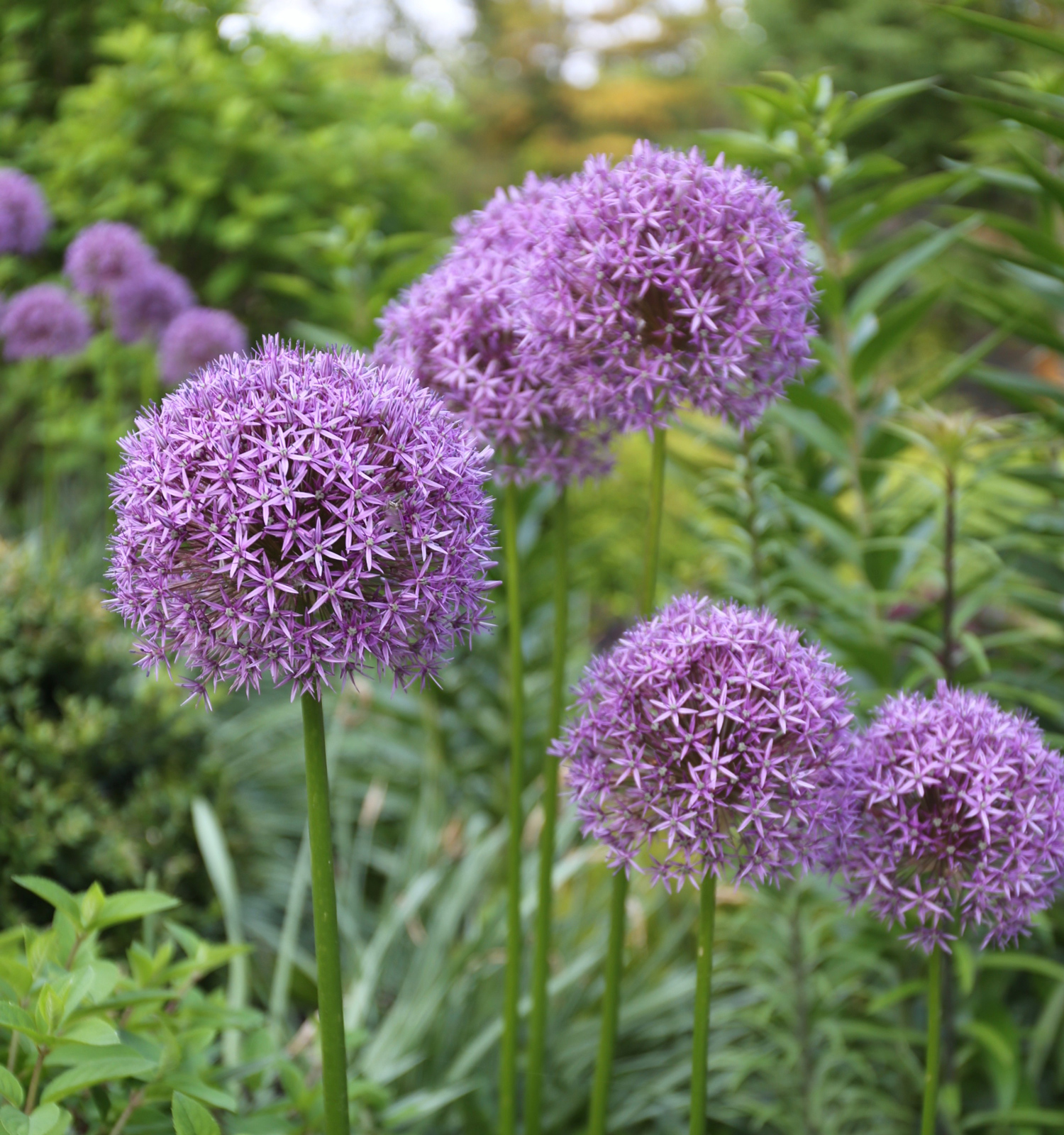
- Beans: Beans are nitrogen-fixing plants, which means they can help to improve the nitrogen content of the soil. This is beneficial for brassicas, which are heavy feeders.
- Carrots: Carrots help to suppress the growth of root-knot nematodes, which can be a major problem for brassicas.

- Cucumbers: Cucumbers help to attract beneficial insects, such as ladybugs and lacewings, which prey on pests that attack brassicas.
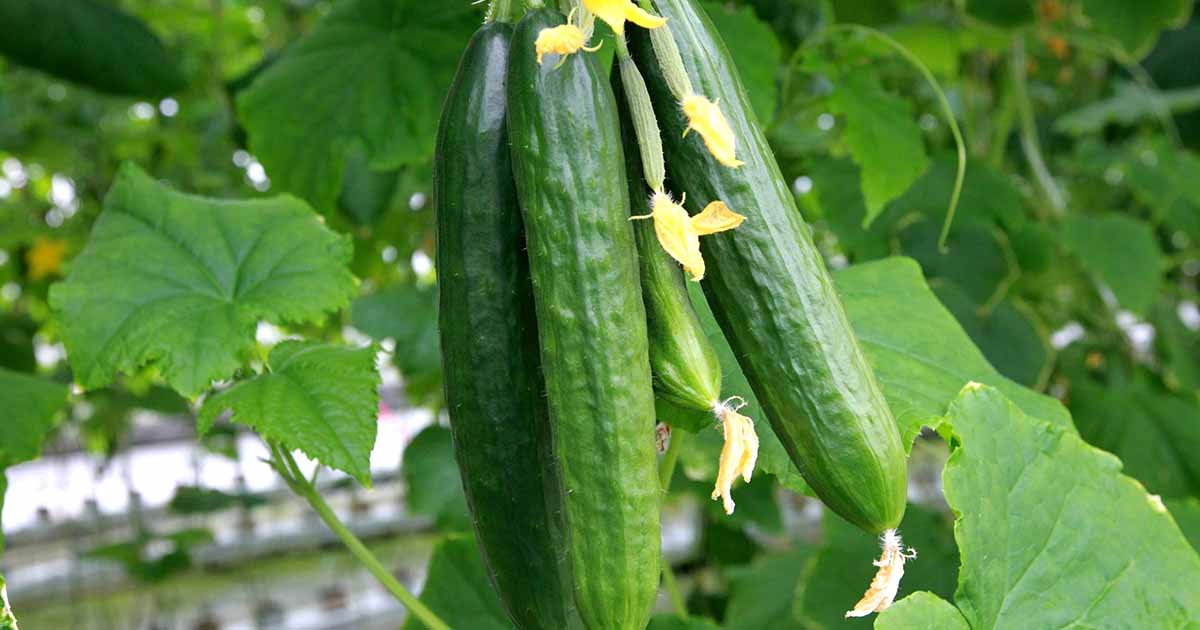
- Herbs: Many herbs, such as rosemary, lavender, and sage, help to repel pests that attack brassicas. They also add flavor to brassicas when they are used in cooking.

- Lettuce: Lettuce is a fast-growing crop that can be planted between slower-growing brassicas. This helps to fill the space and prevent weeds from taking over.
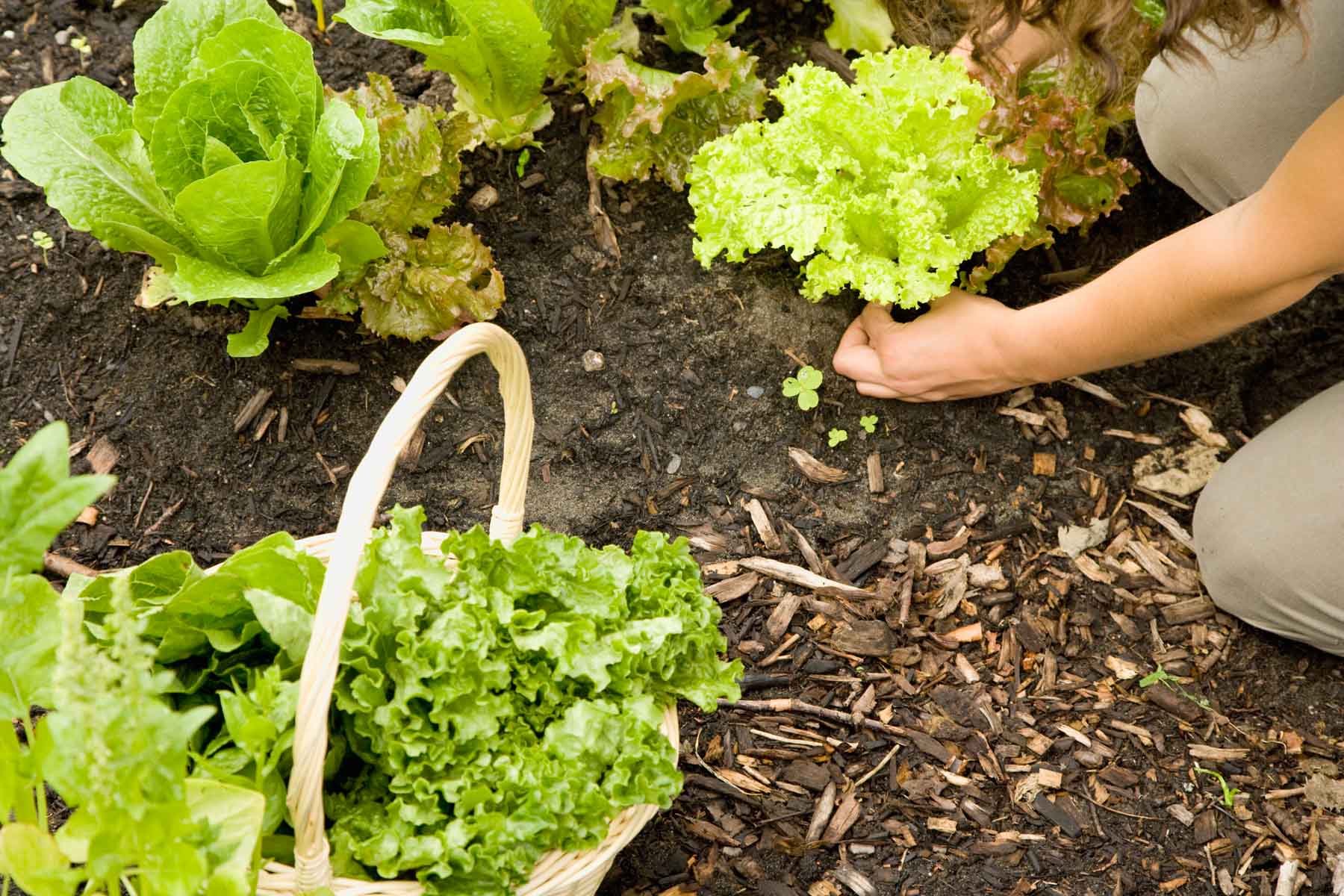
- Marigolds: Marigolds release a chemical that repels nematodes, which can be a major problem for brassicas. They also attract beneficial insects, such as ladybugs and lacewings, which prey on pests that attack brassicas.
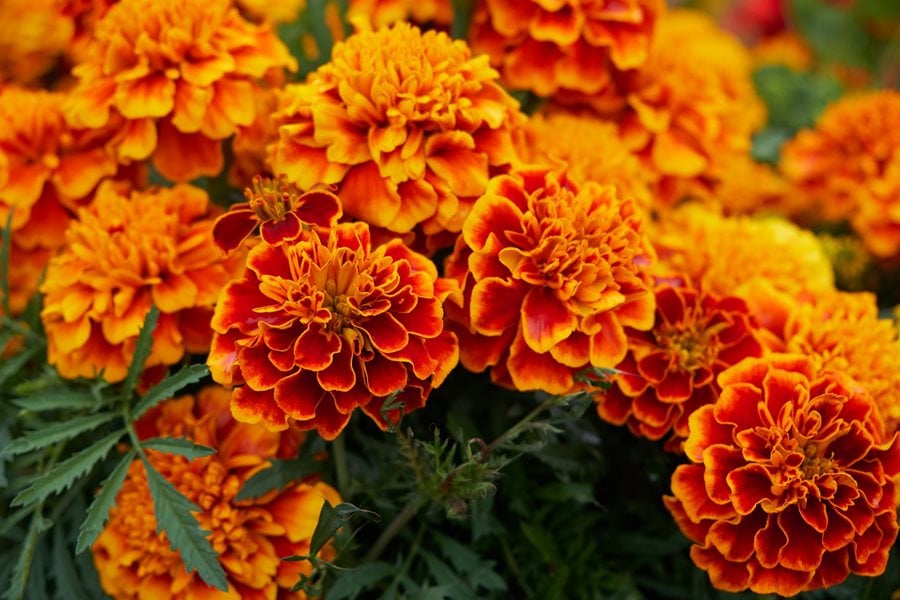
- Nasturtiums: Nasturtiums help to attract beneficial insects, such as ladybugs and lacewings, which prey on pests that attack brassicas. They also deter some pests, such as aphids.

- Potatoes: Potatoes help to suppress the growth of cabbage root fly, which is a major pest of brassicas.

- Spinach: Spinach is a fast-growing crop that can be planted between slower-growing brassicas. This helps to fill the space and prevent weeds from taking over.
Brassicas are a delicious and versatile group of vegetables, but they can be susceptible to pests and diseases. Companion planting is a great way to help protect your brassicas and improve their overall health.
There are many different companion plants that can benefit brassicas. Some of the best include:
- Alliums, such as onions, garlic, and chives
- Legumes, such as beans and peas
- Herbs, such as rosemary, sage, and dill
- Flowers, such as marigolds and nasturtiums
These plants can help to repel pests, attract beneficial insects, and improve the soil quality.
If you're interested in learning more about companion planting for brassicas, I recommend visiting Gardenia Inspiration. This website has a wealth of information on the topic, including a list of the best companion plants, tips for planting and harvesting, and troubleshooting advice.
FAQ of companion planting for brassicas
Q: What are some good companion plants for brassicas?
A: Some good companion plants for brassicas include:
- Alliums: Alliums, such as garlic, onions, and chives, help to repel pests that are common to brassicas, such as cabbage moths and aphids.
- Marigolds: Marigolds are another good companion plant for brassicas, as they help to deter pests and attract beneficial insects.
- Nasturtiums: Nasturtiums are also a good companion plant for brassicas, as they help to repel pests and attract pollinators.
- Potatoes: Potatoes can be planted near brassicas to help to improve the soil's nitrogen content.
- Spinach: Spinach can be planted near brassicas to help to suppress weeds.
Q: What are some plants that should not be planted near brassicas?
A: Some plants that should not be planted near brassicas include:
- Mustard: Mustard plants can attract pests that are common to brassicas, such as cabbage moths and aphids.
- Tomatoes: Tomatoes can compete with brassicas for nutrients and water.
- Peppers: Peppers can also compete with brassicas for nutrients and water.
Q: How do I plant brassicas with their companion plants?
A: When planting brassicas with their companion plants, it is important to consider the spacing requirements of each plant. For example, alliums need more space than marigolds. It is also important to plant the companion plants in a way that will help to deter pests and attract beneficial insects. For example, marigolds can be planted around the perimeter of a brassica bed to help to deter pests.
Q: How do I care for brassicas?
A: Brassicas need regular watering, especially during hot weather. They also need to be fertilized regularly. In addition, it is important to keep an eye out for pests and diseases. If you see any problems, take steps to correct them immediately.
Q: What are some tips for harvesting brassicas?
A: When harvesting brassicas, it is important to harvest them when they are young and tender. This will ensure that they have the best flavor. It is also important to harvest them before they start to flower. If they flower, the leaves will become bitter.
Image of companion planting for brassicas
5 different images of "companion planting for brassicas" from Pinterest:
- Nasturtiums: Nasturtiums are a great companion plant for brassicas because they repel pests like aphids, cabbage moths, and whiteflies.
- Marigolds: Marigolds also repel pests, and they can also help to improve the soil quality.
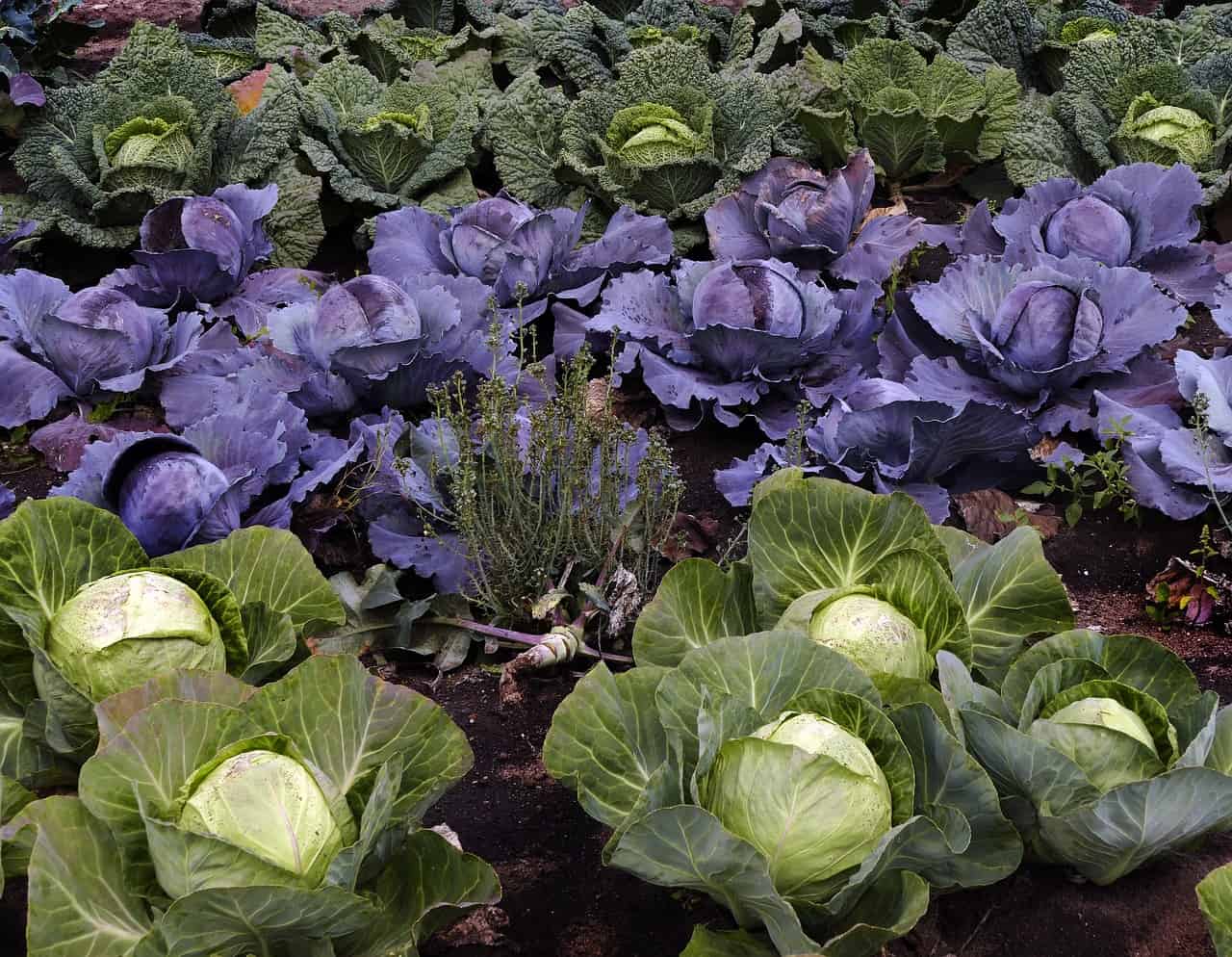
- Chives: Chives can help to deter pests and attract beneficial insects.
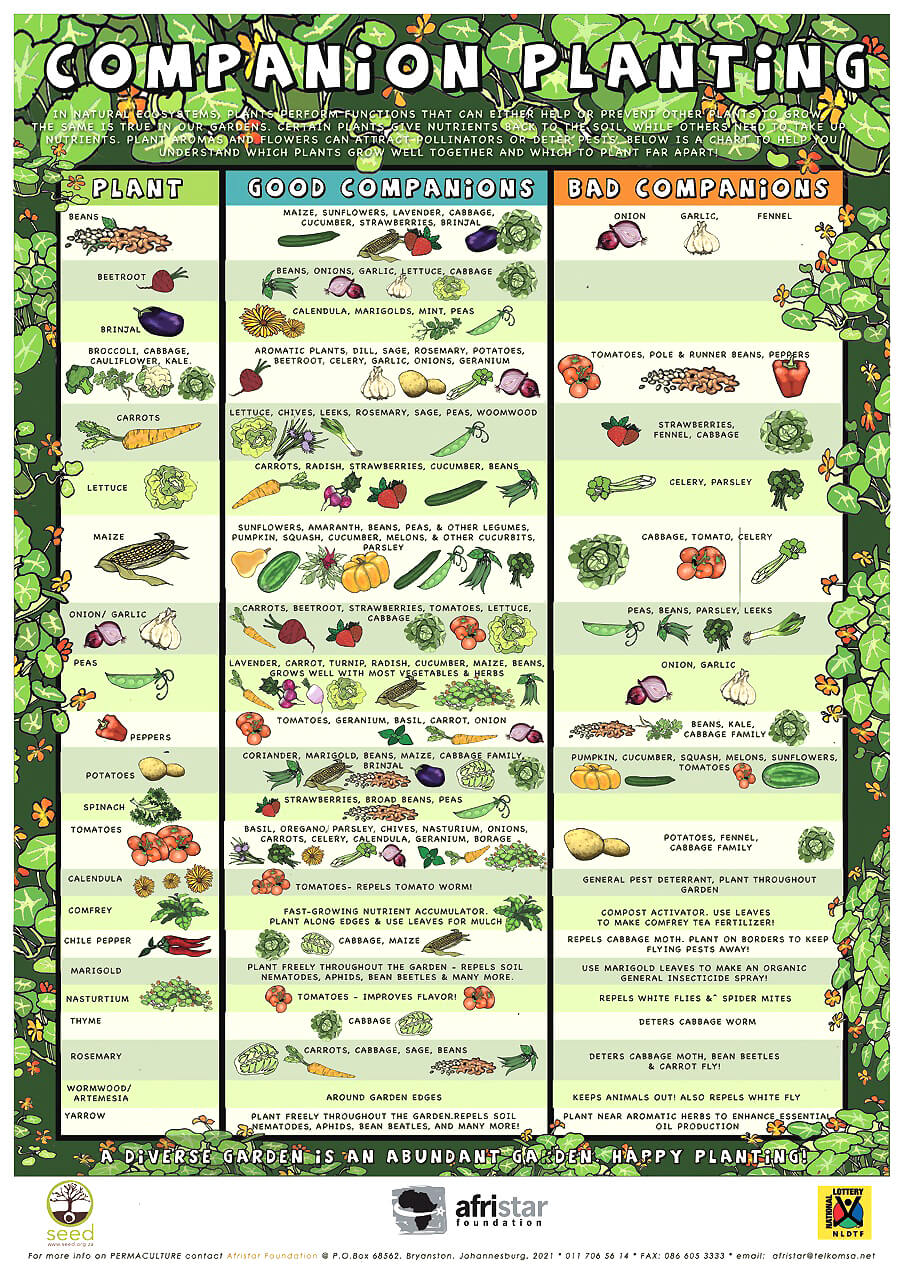
- Garlic: Garlic is another good pest-deterrent, and it can also help to improve the flavor of brassicas.

- Potatoes: Potatoes can help to suppress weeds, and they can also benefit from the nitrogen-fixing bacteria that live in the roots of brassicas.

Post a Comment for "Companion Planting For Brassicas: The"